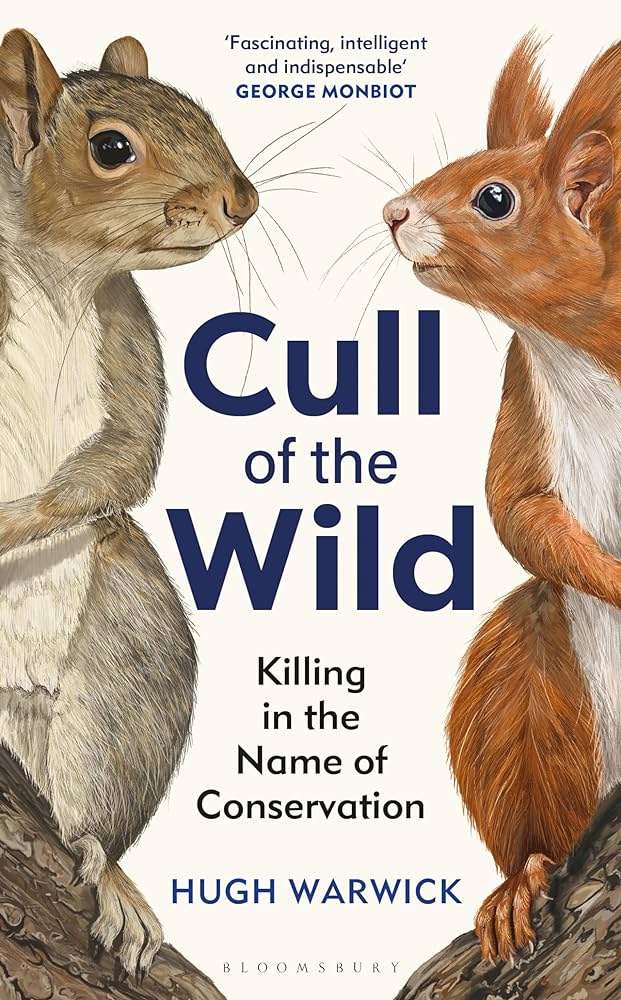As a result of human activities, some 37,000 species have been introduced to regions and biomes where they are not native. While many of these introductions appear to have caused no harm, others have proved extremely damaging to biodiversity and human welfare. Invasive alien species are now considered to be one of the five major drivers of biodiversity loss globally. Efforts to mitigate the impacts of such species, often carried out in the name of conservation, usually mean that some form of lethal control is required. The use of this lethal control is problematic for many people, especially when the invasive alien being controlled is a bird or mammal, and it is perhaps understandable that many conservation organisations find this topic difficult to air with their supporters.
Hugh Warwick’s book tackles this emotive subject head-on, seeking to understand the different and sometimes fractious views that exist when we effectively prioritise one animal over another. The author does this by meeting some of the individuals who have been, or still are, involved in active programmes to cull invasive species: from Chris Jones, central to New Zealand’s ambitious ‘Predator Free 2050’ campaign, to veterinarian and naturalist Alick Simmons, former Deputy Chief Veterinary Officer and one of the ethics advisors to the RSPB.
Many of the examples utilised to weave the broader narrative share a similar frame of reference, with conservationists using lethal control (poisoning and trapping) to eradicate introduced species (rats, mink, hedgehogs) that are threatening to wipe out populations of other species (seabirds, Water Voles, endemic birds etc). In each case, the practitioners involved are working to undo the damage that has been caused by earlier human activities, justifying the act of killing as a necessary means to address an earlier wrong. In some instances the species being targeted are othered by our use of language – the term ‘aliens’ is a case in point – while for others it is the way in which we generalise that does more damage. We speak of ‘introduced rats’ and the need to eradicate them, rather than recognising that their populations are comprised of individuals, each capable of suffering should they be unfortunate enough to take a poisoned bait. Our use of language and willingness to turn a blind eye to the practicalities of killing at scale make the killing easier.
This, however, is not the case for all of the people whom Hugh Warwick meets. Some see the central question of whether humans have the right to kill one animal to protect another more clearly. It is the conversations with these individuals that provide an opportunity to explore the ethics of killing, in a manner that cuts through the prejudice and passions that many of us bring to the debate about culling in the name of conservation. What is clear from this highly readable account is that this is an incredibly difficult and complex subject. If, for example, we deem that humans do not have the right to kill one animal to protect another, then where does that leave us? If we do nothing to control an introduced invasive species, then we are likely to be condemning another species to its fate.
This book provides several pieces of wisdom that should find their way into discussions about whether to use lethal means for conservation gain. One of the most important of these is about the effectiveness of a culling programme, noting that if the programme cannot deliver complete eradication of the target species, all it is doing is committing many more individuals to death, either through the ongoing culling or because of the continued damage an introduced species is causing. Although clearly passionate in his loathing of the idea of killing, Hugh Warwick maintains a balanced and honest perspective throughout the book and his encounters with those involved in what is portrayed by some as the dark side of conservation.
